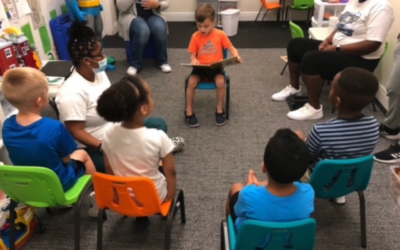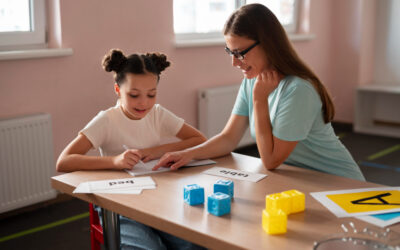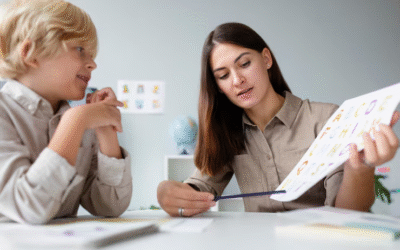The start of the school year can be both exciting and challenging for children on the autism spectrum. For children receiving ABA therapy, transitions can sometimes cause anxiety or behavioral challenges. At Autism Centers of Utah in Sandy, we understand how important it is to provide strategies and support to make the back-to-school transition smoother and more successful.
With the right preparation and guidance, families can help their children adapt to new schedules, social situations, and classroom routines while continuing to reinforce ABA therapy goals.
Why Back-to-School Transitions Can Be Difficult
Changes in routine, unfamiliar environments, and new social demands can make the beginning of the school year stressful for children with autism. These challenges may manifest as:
- Increased anxiety or meltdowns
- Difficulty following instructions or adapting to changes
- Struggles with social interactions and peer engagement
- Resistance to new routines or classroom expectations
Structured support and proactive strategies can help children adjust more easily.
Strategies to Support a Smooth Transition
1. Establish a Consistent Routine
Before school starts, gradually adjust wake-up times, meal schedules, and bedtime routines to match the school schedule. Consistency helps children feel secure and prepared for the change.
2. Use Visual Schedules and Social Stories
Visual supports, including schedules, charts, or social stories, help children understand daily routines, classroom expectations, and new activities.
3. Practice School Skills at Home
Encourage skills such as following directions, completing tasks, and social interactions through short, structured practice sessions that mirror the school environment.
4. Communicate with Teachers and Staff
Share information about your child’s strengths, challenges, and ABA therapy goals with teachers and staff. Collaboration ensures a supportive environment for learning and social engagement.
5. Prepare for Sensory Needs
Identify potential triggers in the classroom and plan strategies to help your child regulate sensory input, such as providing fidget tools, quiet breaks, or sensory-friendly materials.
FAQs
Q: How can ABA therapy support school transitions?
A: ABA therapy can reinforce social, behavioral, and academic skills needed for school. Therapists can provide strategies for managing anxiety, following routines, and interacting with peers.
Q: What should I do if my child resists going to school?
A: Gradual exposure, positive reinforcement, and visual supports can help. Communicate with teachers and therapists to create a supportive plan.
Q: How long does it take for a child to adjust to a new school routine?
A: Adjustment times vary. Some children adapt in days, while others may need several weeks. Consistency, support, and reinforcement help facilitate the transition.
Q: Can these strategies be used for children of all ages?
A: Yes! Visual supports, structured routines, and practice activities can be adapted for children of different ages and developmental levels.
Make Back-to-School Transitions Easier
With proactive planning, consistent routines, and collaboration with teachers and therapists, October can be a smooth and successful start to the school year for children on the autism spectrum. Supporting your child through transitions ensures they can focus on learning, socializing, and thriving in the classroom.
Contact Autism Centers of Utah today to learn more about our individualized ABA therapy programs in Sandy and how we help children succeed both at school and in everyday life!







